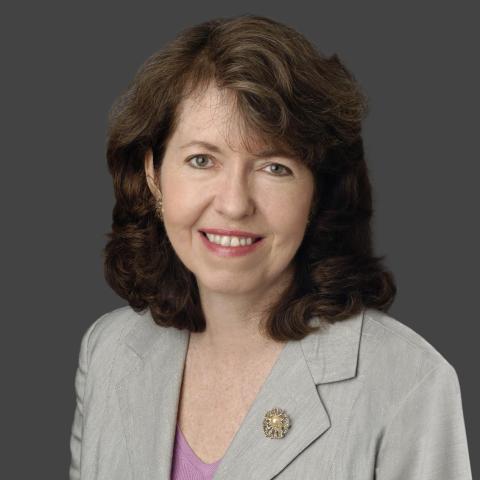The Shift By Theresa Brown
A Manhattan doctor once told me that if she ever has a personal medical emergency that requires hospitalization, she will call a car service and ask the driver to take her to Boston. New York and Boston both have superb physicians as well as teaching hospitals that offer cutting-edge care, she said, but Boston has a leg up in one vital respect: nursing. Patient outcomes are closely tied to the quality of the nursing care they receive, and in this physician’s view, Boston nurses are the best.
I thought of this story while reading “The Shift,” Theresa Brown’s memoir of a day in the life of a registered nurse on a cancer ward in an unnamed hospital in Pittsburgh. “The Shift” takes an intimate look at the practice of modern medicine from the point of view of a professional on duty at the patient’s bedside. It’s an engrossing human drama composed of interlocking stories of patients and their families, doctors and nurses, aides, chaplains, social workers, and others who take care of sick people in a modern-day hospital.
“The Shift” is one nurse’s story, but it contains elements of every nurse’s experience. “A shift lasts twelve hours,” Ms. Brown writes. “Twelve hours of holding a few lives in my hands, trying to make order out of the chaos of bodies and disease, working within a health care system that sometimes forgets it exists to serve human beings rather than bureaucrats or businessmen.”
On this particular shift, Ms. Brown has four patients under her care. First is Dorothy, who has been on the ward for six weeks. Her leukemia is now in remission, and she may finally go home. Saying good-bye to a patient who is cured is one of the highest satisfactions of her job, Ms. Brown writes. “An oncology nurse’s favorite words to a patient are, ‘I hope I never see you here again.’ ”
Then there’s Mr. Hampton, an elderly man with lymphoma to whom Ms. Brown must administer a powerful drug that has the potential to cure—or kill—him. In one of the book’s emotional passages, she describes how she sets aside all the other demands on her time and spends an hour with her patient, watching and waiting to see how he reacts to the toxic drug. It’s a measure of Ms. Brown’s writing skill that I felt I was there in the room with Mr. Hampton, holding his hand and holding my own breath as I waited to see whether he would make it.
Ms. Brown blames herself in part for what turns out to be the dangerous misdiagnosis of her third patient. Sheila has a rare blood-clotting disorder—the reason for her admission to the hospital—but it turns out that she also has an abdominal perforation, a potentially deadly condition. “Why didn’t I see this coming? Why didn’t I know?” Ms. Brown asks herself. “A good nurse has intuition; I believe that. I listened to Sheila’s belly, but obviously I should have listened harder, better, thought more about what I was doing.” Modern medical care is highly specialized, and Sheila’s complicated health problems highlight the challenge of diagnosing and treating cross-disciplinary cases. Ms. Brown, an oncology nurse, missed the telltale signs of Sheila’s abdominal problem.
The fourth patient is Candace, who is about to undergo a bone-marrow transplant. Candace has spent time on Ms. Brown’s ward before, and she is no one’s favorite patient. She demands attention and gives the impression that she doesn’t fully trust her nurse or anyone else involved in her care. The first thing she does upon admission is to clean her room and everything in it with Clorox wipes.
“Taking care of her usually feels like an emotional chess game,” Ms. Brown confesses. At the same time, she admires Candace’s determination to stay in control of her care and her environment. Bacteria in an imperfectly cleaned hospital room have the potential to kill a cancer patient, whose immune system is severely weakened. Candace’s sometimes annoying insistence on cleanliness could save her life.
Patient care is the heart and soul of nursing, and Ms. Brown’s interactions with her patients are the central focus of “The Shift.” But she also offers numerous observations about the myriad—sometimes overwhelming—bureaucratic challenges of the job. One is “charting,” the time-consuming requirement to document electronically every detail of her patients’ care.
A nurse can spend more time looking at the computer screen than into the eyes of her patients. “These days, charting pulls nurses away from the bedside more and more,” she writes. Nurses can’t be in two places at once, and they sometimes find themselves in the no-win situation of having to choose between spending time with their patients and recording the required data at the specified intervals.
Halfway through “The Shift,” Ms. Brown reflects on a nurse’s duties to deliver bad news and help her patients accept it. “There’s nothing easy about helping someone start the journey from life to death,” she writes. She recalls listening to a patient who had just learned that his treatment had failed and that he was going to die. The patient “was in the impossible position of standing on a train track waiting for the train he knew would eventually run him down.” She, his nurse, “was there silently listening as he tried, by talking, to turn his pain into a story he could accept.”
Sometimes the best service a nurse can offer is to sit with a patient and listen. But that takes time, something that is a rare commodity for nurses on front-line duty in hospitals. Our health-care system prolongs the lives of cancer patients who not so long ago would not have had a chance of survival. But, as we see in “The Shift,” it can give short shrift to an essential feature of good nursing: compassion.


















